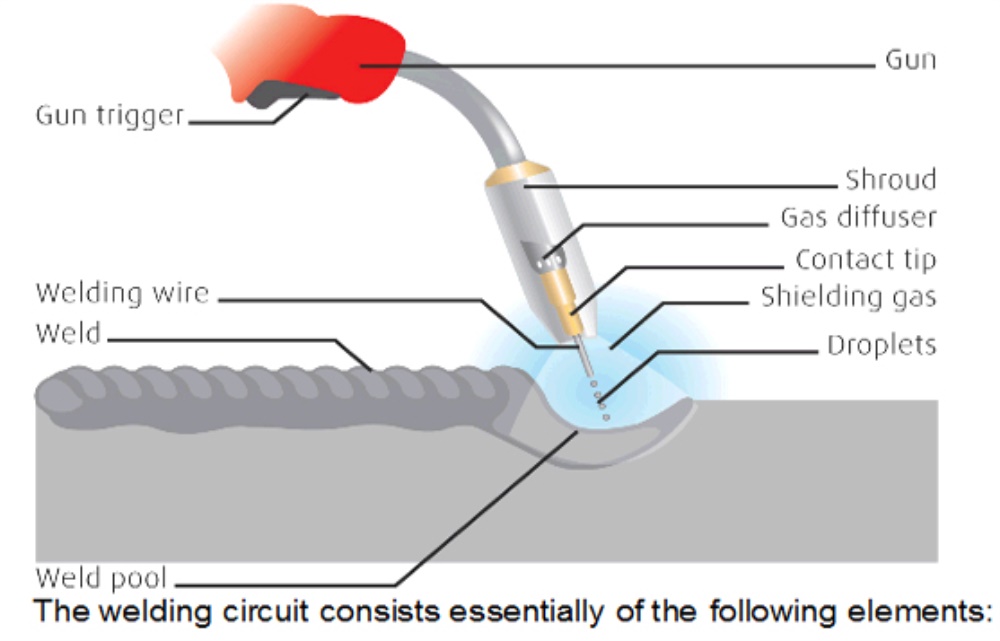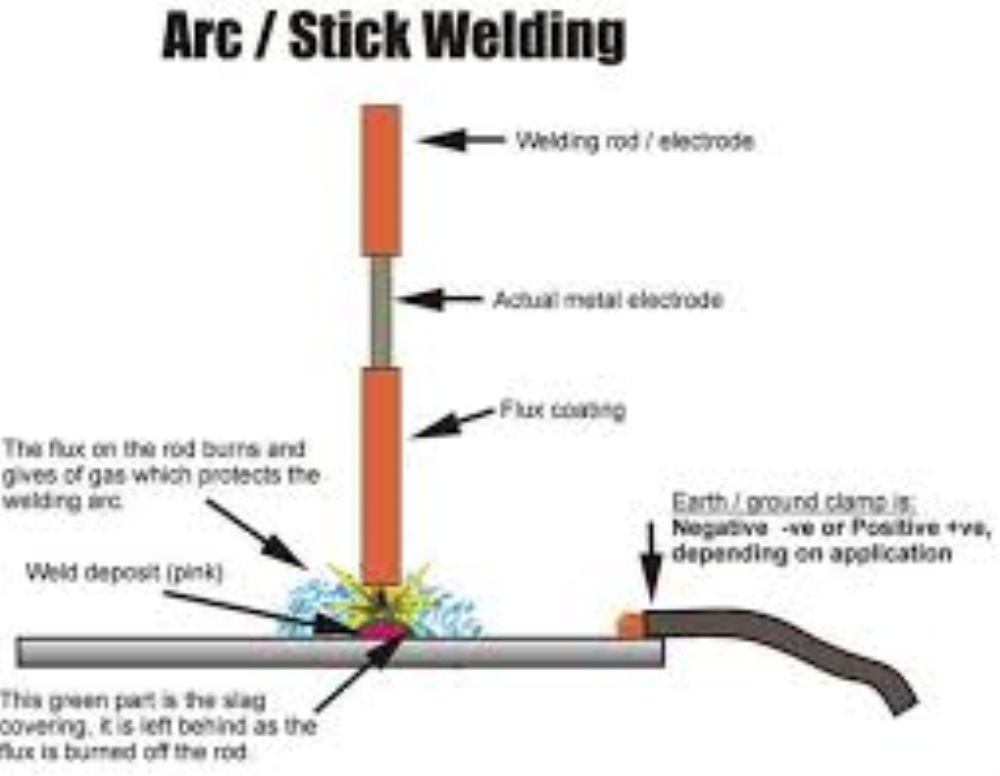Tıg Welding/Gas Tungsten Arc Welding

TIG welding is another name for gas tungsten arc welding. The aircraft industry created it to weld magnesium in the 1930s and 1940s. Ideally the process works like this: the welder makes an arc between the base metal and the non-consumable tungsten electrode, a type of electrode that does not melt. At the point where the arc hits the base metal a molten weld pool forms. A thin wire of filler metal is slowly handfed into the weld pool, where it melts. All the while, an inert shielding gas protects the tungsten electrode and weld pool from oxygen contamination. No fluxes are used. The finished product is a sound, slag-free weld that shares the same corrosion resistance properties as the parent metal.
TIG welding can be used for more metals than any other type of process. For this reason, a variety of industries rely on TIG welding. It is used in the construction of spacecraft and airplanes in the aerospace industry. Auto manufacturers use TIG welding on fenders for its anti-corrosive properties. TIG welding is also widely employed in auto body repair shops. Artists appreciate the excellent quality of TIG welds using them in sculpture welding.




